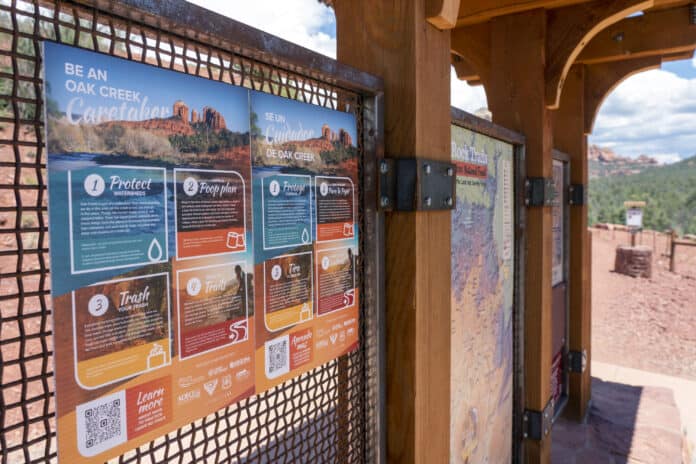6/13/23 Council Meeting, 4:30p Council Chambers
3.d Purchase of property used for Route 179 Trailhead Shuttle. $1.7M. APPROVED 7-0.
3.f Purchase of Vactor truck for sewer system work. $601K. APPROVED 7-0.
8.a Arizona Public Service (APS) fire mitigation efforts.
8.b Verde Valley Caregivers status presentation.
8.c 3-year service contracts for Humane Society ($93K/yr), Community Center (236K/yr), Historical Society ($150k/yr), Public Library ($865K/yr). Sedona Recycles ($250K/yr), Verde Valley Caregivers ($80K/yr). APPROVED 7-0.
8.d Contract for Forest Road roundabout design. $385K. APPROVED 7-0.
8.e Chamber of Commerce request for contract to operate the Visitor Center. $530K. $424K APPROVED 4-3 (Dunn, Furman, Kinsella).
8.f Process change for adopting new city ordinances. Directed City Attorney to Draft Changes.
8.g Discussion about NAH plan for new Flagstaff facility.
Agendas and Documents | City of Sedona (sedonaaz.gov)
6/14/23 – 6/15/23 City Council Budget Work Sessions. 8a Council Chambers.
Direction given to prepare final budget per City Manager’s recommendation and use the FY22 and FY23 surpluses for PSPRS ($1M) and Housing ($12M).
Agendas and Documents | City of Sedona (sedonaaz.gov)
Previews future meetings at: Upcoming Sedona City Meetings | Sedona City Councilmember Pete Furman (sedonapete.com)

